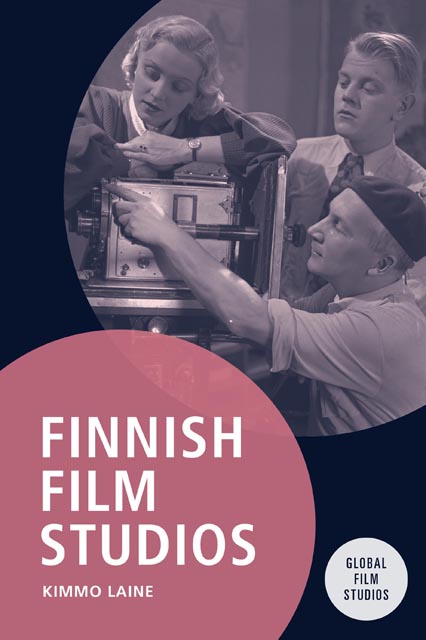4 - Professionals
Published online by Cambridge University Press: 13 April 2023
Summary
In his fiftieth birthday interviews in 1940, T. J. Särkkä announced himself as ‘first errand boy of the company [Suomen Filmiteollisuus]’, whose job was to ‘do everything that is involved in a film studio: writing scripts, directing movies, overseeing the office etc. etc.’. There is a touch of truth in what Särkkä said: indeed, besides overseeing the office, he was the most prolific director and screenwriter of Suomen Filmiteollisuus. However, the obvious goal of the statement was to emphasise the cosy and family-like atmosphere at the company, as if ‘we are all in the same boat’. Compared with a Hollywood factory, Suomen Filmiteollisuus may, indeed, have looked like a cottage industry workshop, but it was still a biggish enterprise with hundreds of employees, a hierarchical structure and a considerable pay gap between different jobs as well as between genders.
This chapter focuses on the contribution and position of various work groups from the actors, directors, screenwriters and cinematographers to the carpenters, electricians, make-up artists and dressmakers. What was the division of labour like in the major film companies? How did one end up with a career in cinema? What was everyday work at a film studio like?
Division of labour at the studios
In terms of labour, the majors operated basically like small-scale studios in Hollywood or the big European film production countries. The mode of production was producer-led, hierarchical and divided into specialised departments: the majors labelled themselves ‘full-service houses’, implying that the whole process of filmmaking from scriptwriting to post-production could be handled by their regular staff.
The size of these ‘full-service houses’, of course, varied throughout the studio years, with a modest start and a descending end. Exact figures and lists of the personnel are hard to find, as most surviving company papers are incomplete. However, Suomi-Filmi’s archive, as well as Kari Uusitalo’s company history of Suomi-Filmi, gives us a good picture of the scale of a major company from the 1920s to the 1960s. While knowledge about Suomen Filmiteollisuus and Fennada is much more sparse and fragmented, based mostly on articles in newspapers and film journals, these studios can be assessed and compared with what we know about Suomi-Filmi with more certainty.
- Type
- Chapter
- Information
- Finnish Film Studios , pp. 70 - 94Publisher: Edinburgh University PressPrint publication year: 2022

